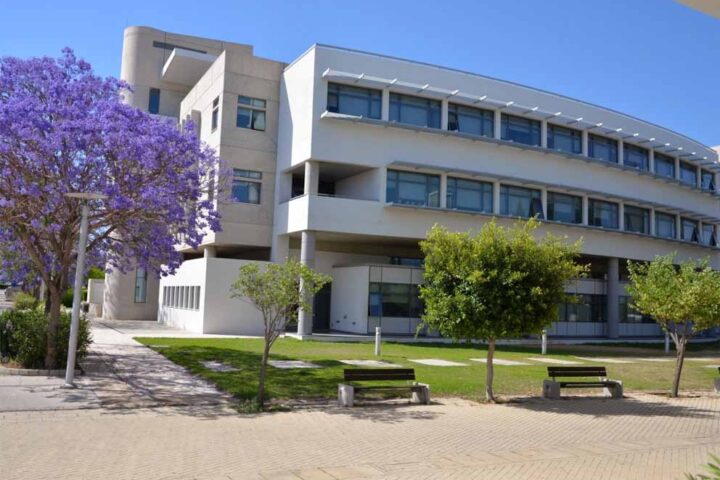* Any buyers for Uniastrum? *
The Bank of Cyprus released its audited results for 2014 showing that its losses for the year were revised up by 5 mln euros to EUR 261 mln, with its Russian subsidiary Uniastrum, now appearing in its books as “discontinued operations” and headed for disposal.
The total loss of discontinued operations for the year amounted to EUR 303 mln, of which a loss of EUR 299 mln relates to the Russian operations, EUR36 mln to the Ukrainian operations disposed in the second quarter of 2014 and a profit of EUR36 mln from the Greek operations due to the reversal of a provision recognised initially in 2013, following a recent development in court procedures.
However, the bank has raised its provisions for impairment of customer loans in Russia by EUR 30 mln “due to further information which became available.”
Other figures remained generally unchanged, with the benchmark Common Equity Tier 1 capital (CET1) ratio at 14% at December 31, 2014, compared to 15.4% at the end of the third quarter.
Gross loans and deposits stood at EUR 23.8 bln and EUR 13.2 bln, respectively, with the net loans to deposits ratio improving to 141% from 148% at September 30, 2014. During the fourth quarter of 2014, deposits in Cyprus increased by EUR 71 mln, the first quarterly increase following the events of March 2013.
Total assets were reduced by 12% from EUR 30.3 at the end of 2013 to 26.8 bln at the end of 2014.
Emergency Liquidity Assistance (ELA) has been reduced to EUR 7.4 bln, compared to 9.6 bln at the end of 2013 and a high of 11.4 bln in April 2013, a month after the bail-in decision and the forced merger with now-defunct Laiki Popular. ECB funding was reduced to EUR 880 mln on December 31, 2014 from 920 mln at September 30. As at March 31, 2015, ELA and ECB funding were further reduced to EUR 6.9 bln and EUR 800 mln, respectively.
Loans in arrears for more than 90 days decreased by 3% during the fourth quarter of 2014 and totalled EUR 12.65 bln at December 31, 2014, representing 53% of gross loans. The bank said its provision coverage ratio of 90+ DPD improved to 41% (compared to 38% at September 30, 2014), while taking into account tangible collateral at fair value, the 90+ DPD are fully covered.
Net interest income (NII) for the year was EUR 967 mln, while the net interest margin (NIM) was 3.94%. NII for the fourth quarter of 2014 declined to EUR 225 mln, compared to EUR 231 mln for the third quarter of 2014, mainly due to deleveraging. The NIM for the fourth quarter of 2014 was 3.81% compared to 3.82% for the third quarter of 2014.
Total income for the year was EUR 1.17 bln. Total income for the fourth quarter of 2014 was EUR 281 mln, compared to EUR 263 mln for the third quarter of 2014.
Total expenses for the year were EUR 426 mln and the cost to income ratio was 36%. Total expenses for the fourth quarter of 2014 increased to EUR 114 mln (compared to EUR 103 mln for the third quarter of 2014), mainly due to advertising, regulatory and ECB Comprehensive Assessment related costs, listing costs and other advisory fees. The cost to income ratio for the fourth quarter of 2014 was 41% (compared to 39% in the third quarter of 2014).
Profit after tax excluding restructuring costs, discontinued operations and net gain on disposal of non-core assets for the year totalled EUR 31 mln, down from 42 mln in the preliminary results announced in February. Loss after tax excluding restructuring costs, discontinued operations and net gain on disposal of non-core assets for the fourth quarter of 2014 totalled EUR 107 mln, compared to a profit of EUR 44 mln for the third quarter of 2014.
Restructuring costs for the year ended 31 December 2014 totalled EUR 36 mln, while the bank also recorded a net gain of EUR 47 mln from the disposal of non-core assets.
“The results of the fourth quarter were negatively affected by increased provisions and impairments in Russia, as well as the classification of the Russian operations as held for sale,” CEO John Hourican had said in a statement on February 25.
Hourican’s two main objectives had been to shrink the bank back to its core activities by selling off unprofitable assets and to reduce the bank’s high risk exposure to non-performing loans, currently running at a national average of 50% of all loans.
In statements released to the media, the bank said it has deleveraged its balance sheet by EUR3.5 bln, disposing of its Ukranian operations, its investment in the Romanian Banca Transilvania, its loans in Serbia, assets in Romania and the UK loan portfolio acquired from Laiki Bank.
“The bank is running a process to dispose of its operations in Russia,” the statement added, suggesting that Uniastrum, itself at the heart of a struggle by control by its former owners, will no longer burden the Group with a deterioration of its loanbook and deposits.







